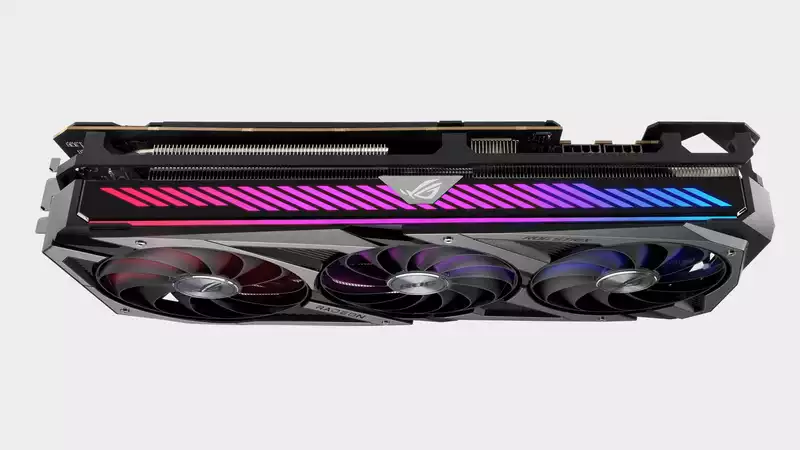AMD is working on an answer to Nvidia's DLSS, a supersampling technology that improves performance and image quality. However, it will not be ready in time for the launch of the AMD Radeon RX 6000 series graphics cards (known as RDNA 2 and Big Navi) at the end of this month; early indications regarding RDNA 2's ray tracing performance are emerging, and as expected, AMD's new graphics architecture falls somewhere between Nvidia's new Ampere cards and the previous generation of Turing technology.
In other words, AMD seems to be able to work its DLSS-like magic.
AMD briefly mentioned an alternative to Nvidia's DLSS during the RX 6000 launch presentation; AMD has named this potential technology "Super Resolution," which includes variable shading, noise reduction, ambient occlusion, etc. The Verge's Tom Warren has since discussed this feature with AMD.
"The company has promised that the supersampling technology will be open and cross-platform, meaning that it could be included in next generation consoles like the Xbox Series X and PS5. AMD is working with a number of partners on this technology and we expect industry We expect strong support. Unfortunately, these three new Radeon RX 6000 series will not be available in time for the launch," says Warren.
This aspect of the battle against AMD is probably academic, as Nvidia certainly doesn't want to jump on this particular open source bandwagon. On the other hand, there are still major questions regarding AMD's supersampling implementation.
The defining feature of Nvidia's DLSS is the use of a supercomputer to create the reference data embedded in the graphics driver.
DLSS is particularly relevant to ray tracing. Raytracing comes at a significant performance cost, even on Nvidia's latest GPU, the Ampere GPU. Therefore, the ability that DLSS brings to the table to run at lower resolutions while upsampling to achieve high resolution image quality is a significant advantage.
Crucially, it is unclear whether AMD's super-resolution technology will feature equivalent supercomputing efforts to refine the upscaling process, or whether it is purely an algorithm processed locally on the GPU.
As for the ray-tracing performance of RDNA 2, benchmarks posted by Twitter user @PJ_Lab_UH suggest that RDNA 2 is reasonably competitive even without supersampling techniques such as DLSS enabled.
The results (taken with a grain of salt, as they are from a cell phone camera) show the performance of a cut-down RX 6800 model, and in Shadow of the Tomb Raider at 1440p, the DLSS-enabled Nvidia GeForce RTX 3070 by about 5 percent.
At 4K, the difference was much larger, growing to about 15 to 20 percent.
Also, when running the 3070 without DLSS enabled, the RX 6800 outperformed the 3070. Of course, according to AMD's performance figures from the RDNA 2 launch event, the RX 6800 has a pure rasterization advantage over the 3070 in Shadow of the Tomb Raider.
Also, the implementation of ray tracing in Shadow of the Tomb Raider is relatively limited, even when enabled. Therefore, even if these numbers are accurate, they may not give a broad indication of how AMD's ray tracing performance compares to Nvidia's.
All will be revealed here later this month when the RX 6800 and RX 6800 XT are released on November 18.


Comments